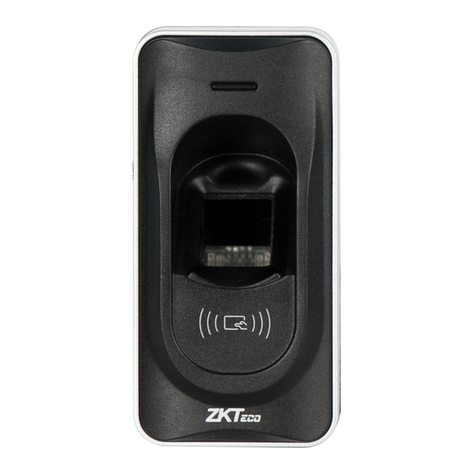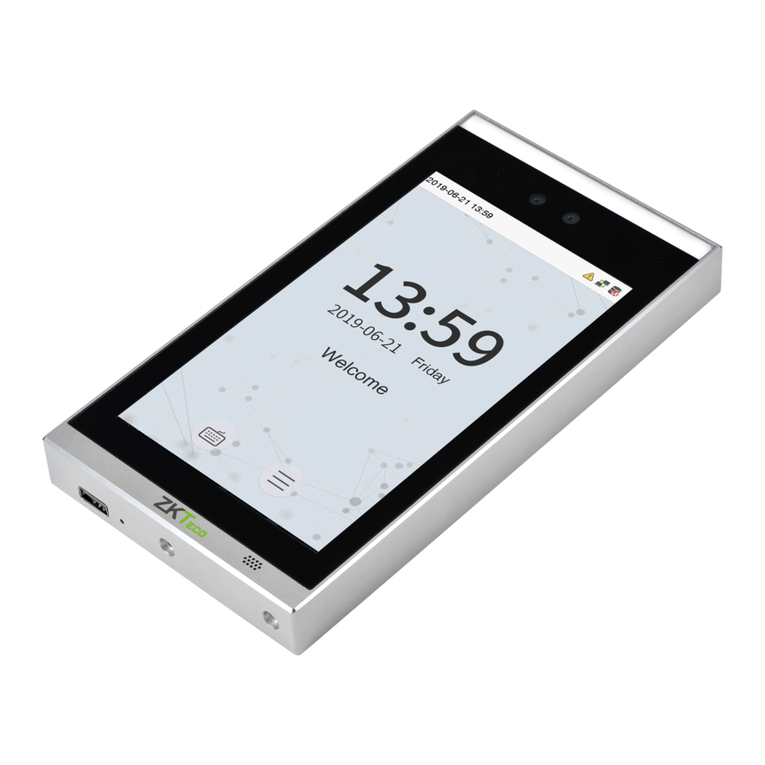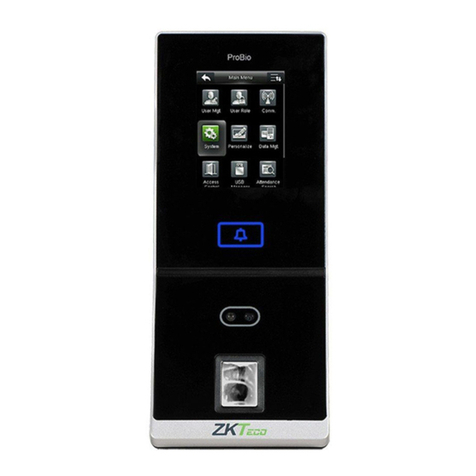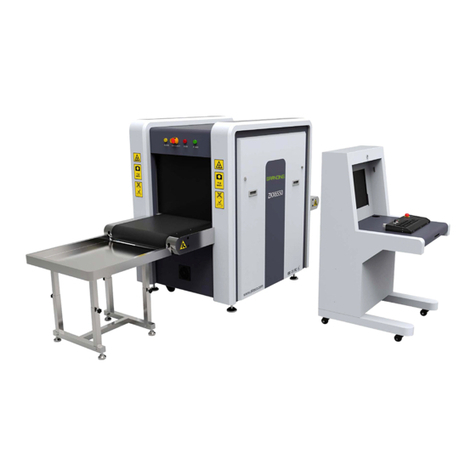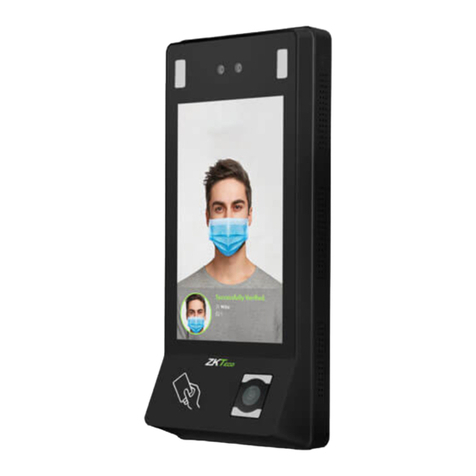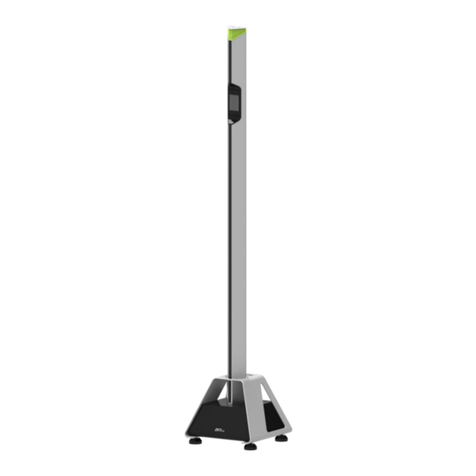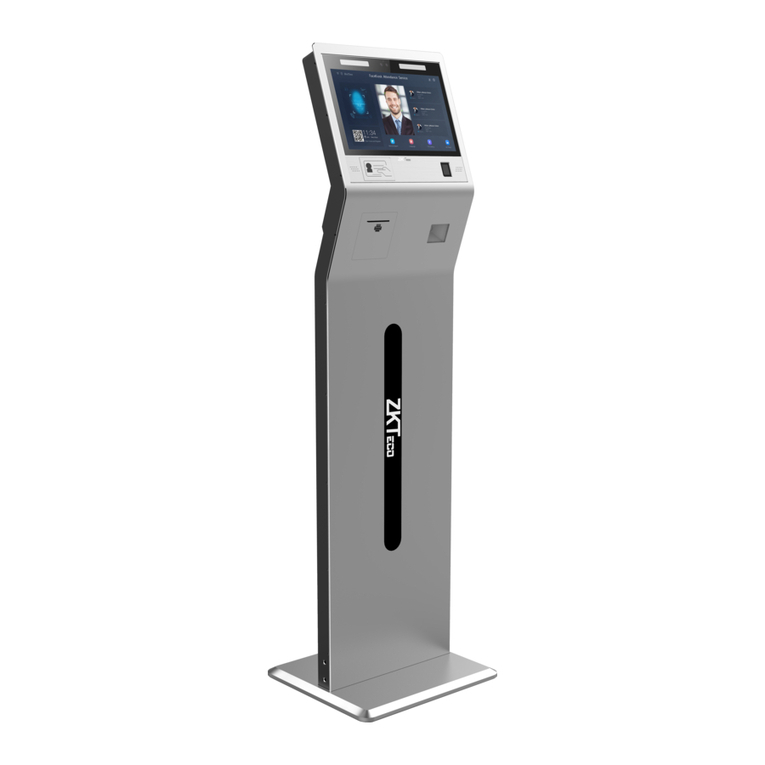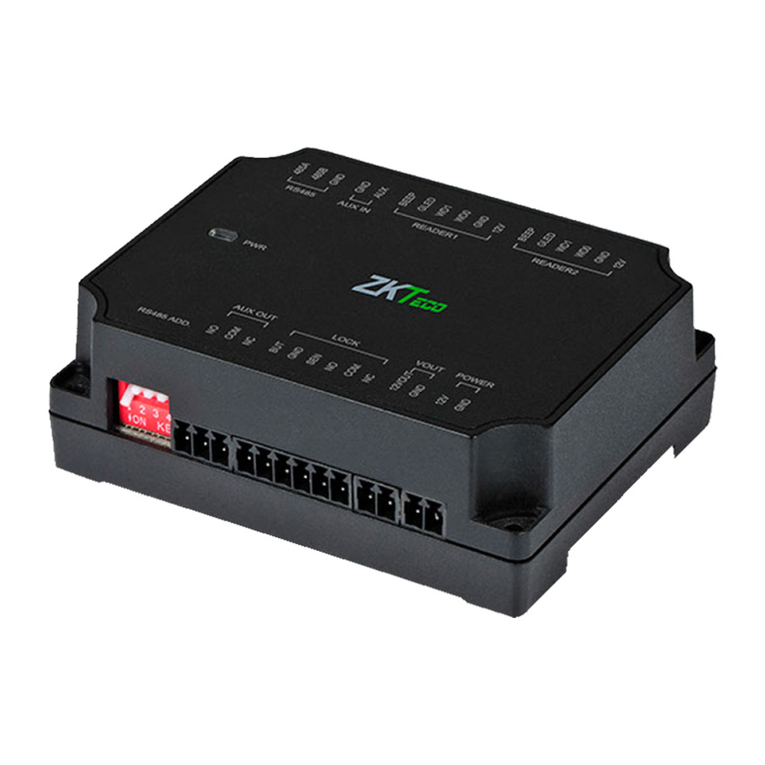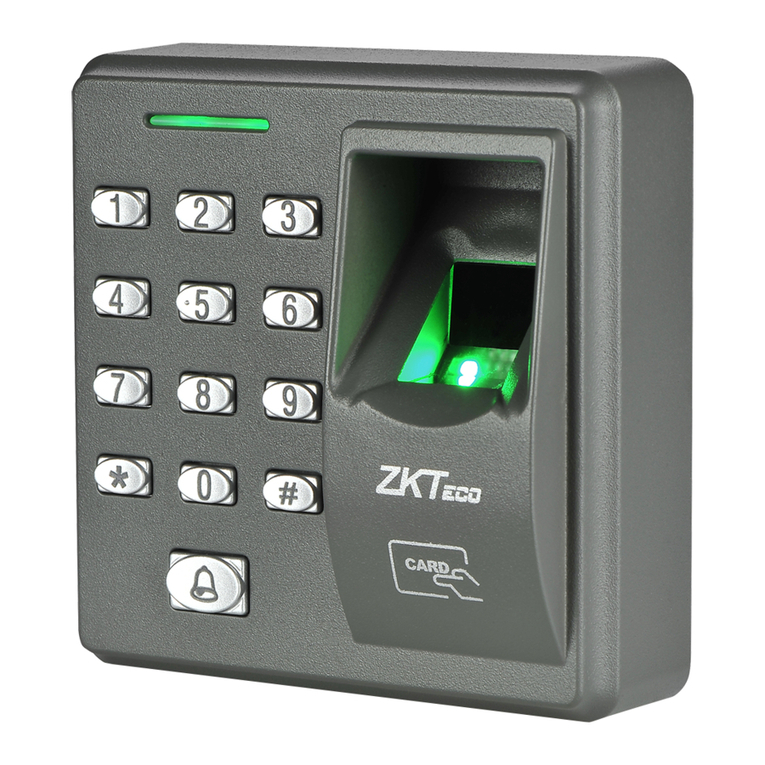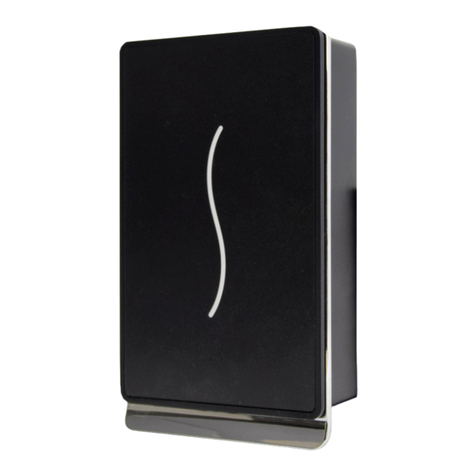
ZKRF10M&ZKRF20M User Manual
Page | 5 Copyright©2022 ZKTECO CO., LTD. All rights reserved.
TABLE OF CONTENTS
1OVERVIEW............................................................................................................................................ 6
INTRODUCTION................................................................................................................................................................................................6
APPEARANCE...................................................................................................................................................................................................6
1.2.1 DETECTOR......................................................................................................................................................................................................... 6
1.2.2 ELECTRONIC TAG............................................................................................................................................................................................7
1.2.3 DEACTIVATOR AND DETACHER..................................................................................................................................................................7
SYSTEM INTRODUCTION .................................................................................................................................................................................8
1.3.1 WORKING MODE............................................................................................................................................................................................. 8
1.3.2 TAG DETECTION DISTANCE .........................................................................................................................................................................8
PRODUCT SPECIFICATIONS.............................................................................................................................................................................9
2PERFORMANCE AND TECHNICAL FEATURES................................................................................... 10
FEATURES.......................................................................................................................................................................................................10
ZKRF10M MOTHERBOARD INTRODUCTION .............................................................................................................................................10
2.2.1 TX MOTHERBOARD ..................................................................................................................................................................................... 10
2.2.2 RX MOTHERBOARD ..................................................................................................................................................................................... 11
ZKRF20M MOTHERBOARD INTRODUCTION .............................................................................................................................................11
2.3.1 TX MOTHERBOARD ..................................................................................................................................................................................... 12
2.3.2 RX MOTHERBOARD ..................................................................................................................................................................................... 13
3DEACTIVATOR AND DETACHER........................................................................................................ 14
DEACTIVATOR................................................................................................................................................................................................14
3.1.1 INSTRUCTION................................................................................................................................................................................................ 14
3.1.2 POWER SUPPLY ............................................................................................................................................................................................ 14
3.1.3 INSTALLATION PREPARATION ................................................................................................................................................................. 14
3.1.4 DEACTIVATOR AND SOFT TAG ................................................................................................................................................................ 14
3.1.5 POWER CONNECTION ................................................................................................................................................................................ 14
3.1.6 THE DEACTIVATOR USES........................................................................................................................................................................... 15
3.1.7 THE SOUND ADJUSTMENT FUNCTION.................................................................................................................................................. 15
3.1.8 PRECAUTIONS FOR THE USE OF DEACTIVATOR................................................................................................................................. 15
3.1.9 PRECAUTIONS FOR THE USE OF SOFT TAGS ....................................................................................................................................... 15
DETACHER .....................................................................................................................................................................................................16
3.2.1 INSTRUCTION................................................................................................................................................................................................ 16
3.2.2 PRECAUTIONS FOR THE USE OF THE DETACHER............................................................................................................................... 16
4INSTALLATION SETUP ....................................................................................................................... 17
PREPARATION BEFORE INSTALLATION .........................................................................................................................................................17
PRODUCT INSTALLATION INSTRUCTIONS ....................................................................................................................................................17
4.2.1 SINGLE DETECTION CHANNEL WORKING MODE............................................................................................................................... 17
4.2.2 DUAL DETECTION CHANNEL OPERATING MODE .............................................................................................................................. 18
4.2.3 MULTI-DETECTION CHANNEL OPERATING MODE............................................................................................................................. 18
5MAINTENANCE AND CLEANING ....................................................................................................... 20
SIMPLE TROUBLESHOOTING.........................................................................................................................................................................20
SYSTEM IS NOT WORKING PROPERLY ..........................................................................................................................................................20
SYSTEM DETECTION SENSITIVITY IS REDUCED ............................................................................................................................................20
SYSTEM DOES NOT ALARM...........................................................................................................................................................................21
SYSTEM ERROR ALARM.................................................................................................................................................................................21
